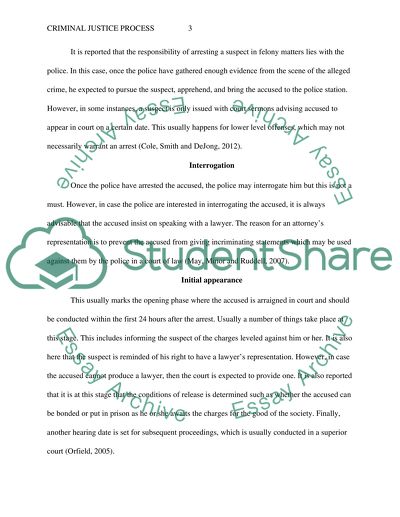Cite this document
(“Criminal justice process Research Paper Example | Topics and Well Written Essays - 1500 words”, n.d.)
Criminal justice process Research Paper Example | Topics and Well Written Essays - 1500 words. Retrieved from https://studentshare.org/law/1458068-criminal-justice-process
Criminal justice process Research Paper Example | Topics and Well Written Essays - 1500 words. Retrieved from https://studentshare.org/law/1458068-criminal-justice-process
(Criminal Justice Process Research Paper Example | Topics and Well Written Essays - 1500 Words)
Criminal Justice Process Research Paper Example | Topics and Well Written Essays - 1500 Words. https://studentshare.org/law/1458068-criminal-justice-process.
Criminal Justice Process Research Paper Example | Topics and Well Written Essays - 1500 Words. https://studentshare.org/law/1458068-criminal-justice-process.
“Criminal Justice Process Research Paper Example | Topics and Well Written Essays - 1500 Words”, n.d. https://studentshare.org/law/1458068-criminal-justice-process.


